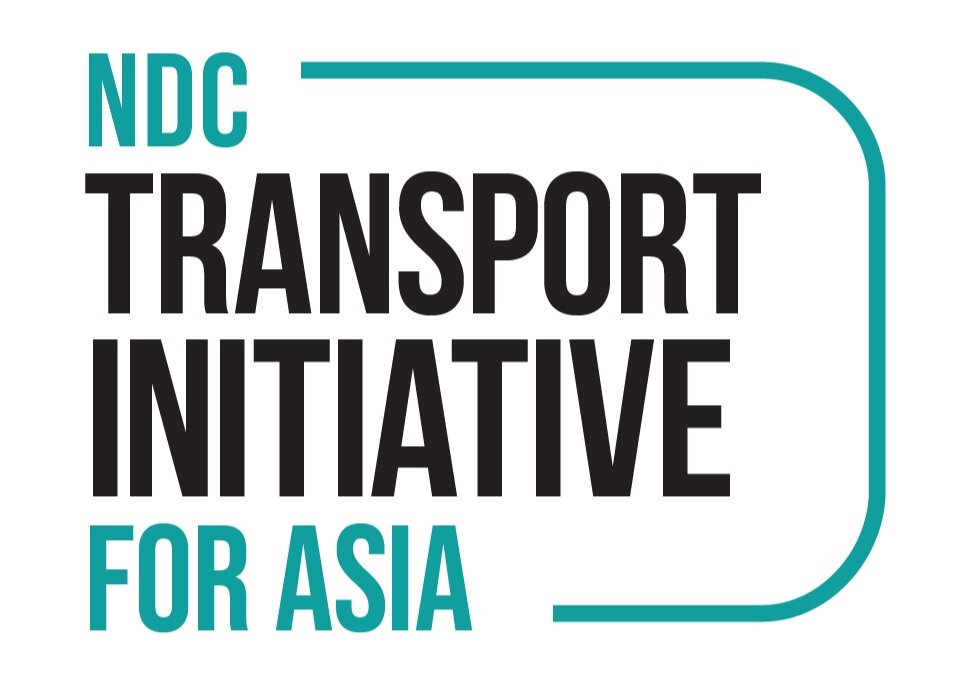Summary of Policies: Transport GHG Reduction in View of the Net-Zero Emissions Target in Viet Nam
By Nguyen Dinh Thao, Pham Linh Chi, Dang Tuyet Ly
The transport sector is a significant contributor to global greenhouse gas (GHG) emissions, accounting for about a quarter of the total emissions, and its emissions continue to rise. Vietnam, with strong political determination, is committed to achieving sustainable economic development while preserving the environment, aiming for net-zero emissions by 2050.
This policy brief focuses on the key policies implemented in Vietnam to reduce GHG emissions and achieve net-zero emissions in the transport sector. It offers a comprehensive overview of Vietnam’s legal framework for decarbonizing the transport sector and reducing GHG emissions. It furthermore provides valuable insights and knowledge that can assist policymakers, project developers, and organizations in designing and implementing effective strategies to address climate change in the transport sector.
Read more on changing-transport.org.
Download publication (English)
Tải xuống Ấn phẩm (Tiếng Việt)

